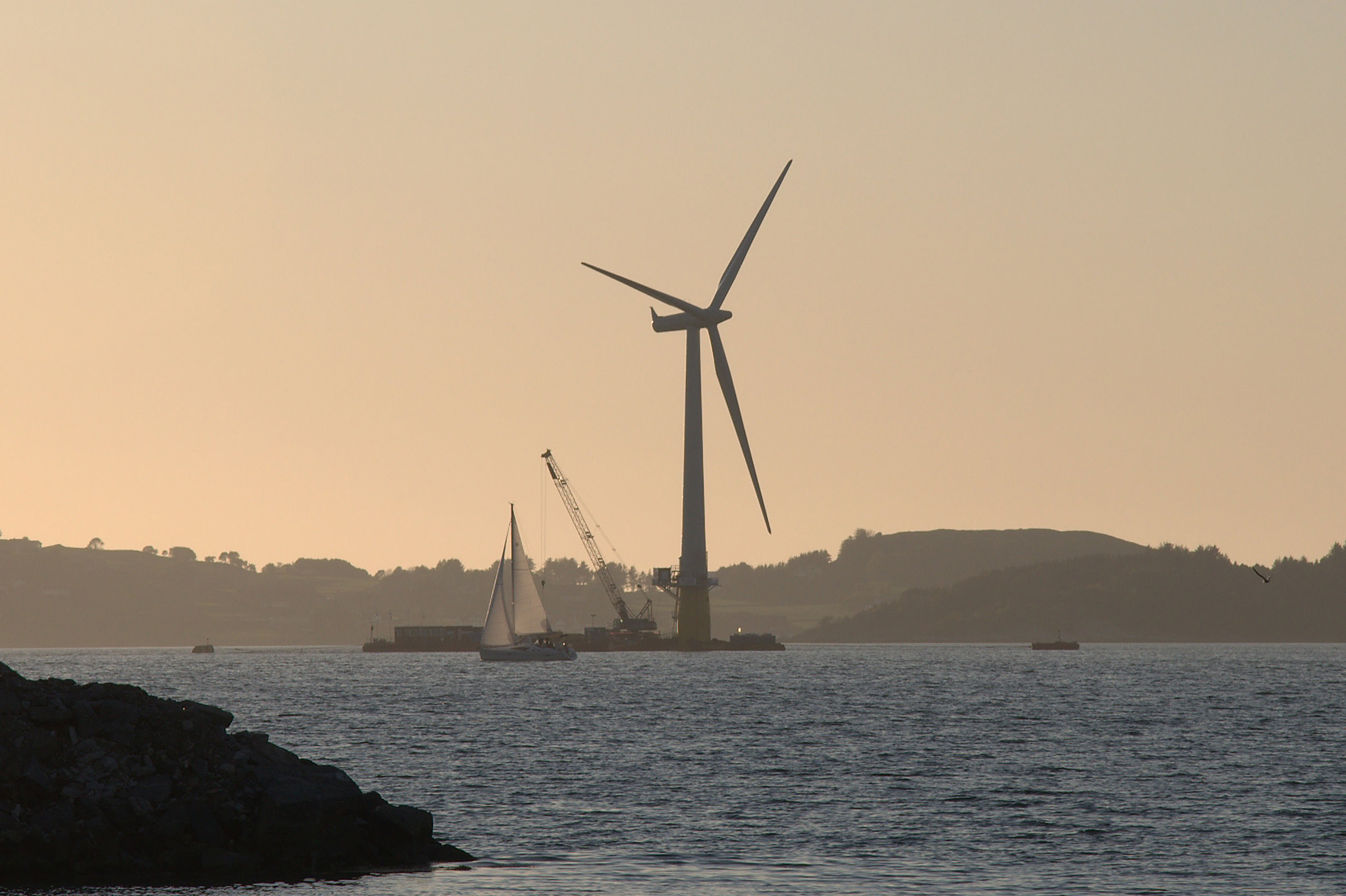California has ambitious plans to generate 25 gigawatts (GW) of wind energy from offshore sources by 2045, aiming to power nearly 13% of the state’s electricity needs. However, a new executive order from President Donald Trump has created uncertainty about the future of these projects.
On his first day back in office, January 20, 2025, President Trump signed an order temporarily halting all offshore wind leasing on the outer Continental Shelf. The order also called for a review of the government’s leasing and permitting policies for wind energy projects across the U.S.
This move has left companies that invested millions in offshore wind leases in California wondering whether this is just a temporary hurdle or a complete roadblock to their plans.
Industry Reactions: A Mix of Concern and Determination
“We’re still assessing the impact of this directive, but it’s disappointing to see a clean energy source being targeted,” said Molly Croll, Pacific Offshore Wind Director for American Clean Power-California, a trade group representing offshore wind leaseholders.
California energy officials are also seeking clarity. “We are currently reviewing recent executive actions and working with federal authorities,” said Lindsay Buckley, spokesperson for the California Energy Commission. “While this is an evolving situation, we remain confident in our ability to continue serving Californians.”
Despite the uncertainty, many in the industry remain committed to moving forward.
“Offshore wind is a crucial part of our long-term energy strategy,” said Michael Brown, CEO of Ocean Winds North America. “We will keep working with relevant authorities to find a way forward.”
California’s Offshore Wind Plans: A Key Part of Its Clean Energy Future
California has been making steady progress in offshore wind development. In December 2022, the federal government auctioned five offshore wind leases, generating over $750 million in investment. These leases cover vast ocean areas off Morro Bay (Central California) and Humboldt County (Northern California). The state aims to produce 5 GW of offshore wind power by 2030 and 25 GW by 2045.
Unlike the East Coast, where turbines are anchored to the seabed, California’s deep coastal waters require floating wind turbines. These massive structures, as tall as 70-story buildings, will be anchored with cables and connected to floating substations before transmitting electricity to onshore power plants.
The success of these projects is essential for California’s goal of achieving 100% carbon-free electricity by 2045.
Opposition and Environmental Concerns
While offshore wind has many supporters, the executive order has been welcomed by groups opposing wind energy development.
The REACT Alliance, an anti-wind nonprofit in San Luis Obispo, issued a statement praising Trump’s decision. “This order halts the reckless expansion of offshore wind projects that threaten our coastal ecosystems,” said Nicole Dorfman, the group’s secretary.
Critics argue that large-scale wind farms could harm marine life, disrupt fisheries, and pose risks to migratory birds. Some commercial fishing groups have even filed lawsuits, claiming wind projects could damage fishing industries and marine habitats.
However, supporters of offshore wind argue that the projects undergo extensive environmental reviews and will ultimately help combat climate change by reducing reliance on fossil fuels.
What Happens Next?
The wording of Trump’s executive order has created uncertainty. While it states that “nothing in this withdrawal affects rights under existing leases,” it also directs the Department of the Interior to conduct a comprehensive review of existing wind energy leases. This review will assess the “ecological, economic, and environmental necessity” of continuing or amending these projects, but no deadline has been set for the findings.
Given Trump’s past opposition to wind power—including a legal battle against a wind farm near his golf course in Scotland—it remains unclear how this review will impact California’s wind energy future.
For now, the offshore wind industry and California officials are waiting for more details. The state remains committed to its renewable energy goals, but whether these offshore projects will move forward as planned depends on the outcome of this federal review.
Disclaimer – Our team has carefully fact-checked this article to make sure it’s accurate and free from any misinformation. We’re dedicated to keeping our content honest and reliable for our readers.








